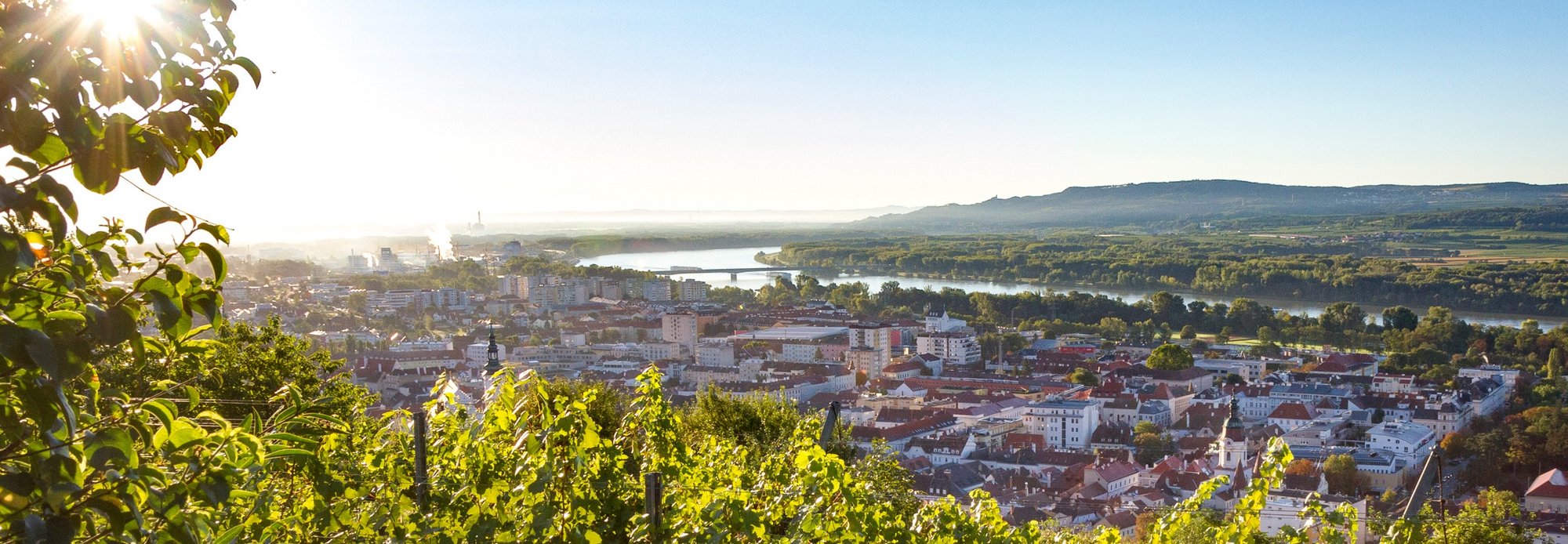History of Krems
The oldest work of art ever found in Austria was discovered during archeological excavations near Krems-Rehberg: Dancing Venus of the Galgenberg, a female statuette 32,000 years old. The original of this graceful figure is on display at the Natural History Museum in Vienna, alongside the Venus von Willendorf, who is a few thousand years younger. A copy of it awaits visitors to the Museumkrems.
The first town charter from 1305 attests to the impressive ascent of medieval Krems from a permanent settlement to a town belonging to the princely holdings and endowed with special rights. Krems was among the towns granted a number of legal charters that gave it special legal status in the Land Below the Enns (today’s Lower Austria). This status ensured the local princes of high tax revenues and a reliable power base while guaranteeing the burghers a degree of legal sovereignty and economic prosperity.
The dual town of Krems-Stein saw steady and dynamic growth as a center of trade and wine making. The estate yards, churches and burgher houses were designed and constructed by the best builders in the land and the prosperous town on the Danube attracted a large number of artists and artisans. Education was extremely important to the burgher merchants. They sought to provide their sons and daughters first with solid basic schooling and soon thereafter with university studies. Krems became a flourishing center of trade, culture and education
and has continued developing along these lines to the present day. Krems remains a flourishing economic, cultural, educational and university town in the 21st century as well as being a highly regarded European wine center in the Krems Valley at the gateway to the Wachau. Krems has also garnered international praise for its efforts in revitalization and historical preservation. The UNESCO recently added the historical centers of Krems and Stein to its World Heritage List as part of the Wachau Valley.
Contact
- Körnermarkt 14 3500 Krems
- 0 27 32 / 801 572, 574, 571
- kulturamt@krems.gv.at
